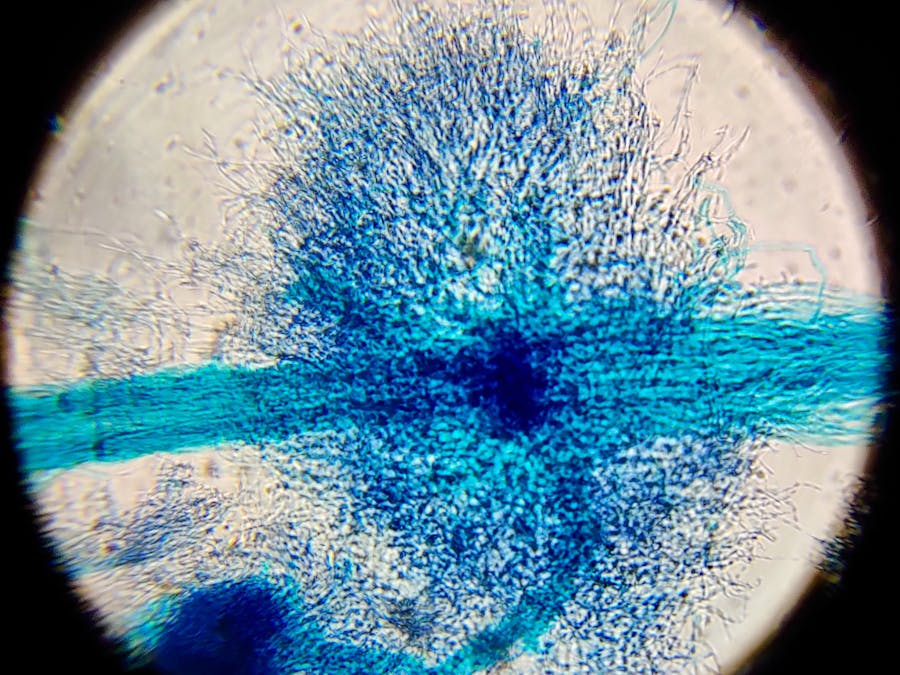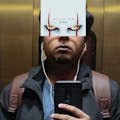What really inspired us to build this project was this youtube video about Dr. Manu Prakash, who designed an ultra-low-cost microscope called the foldscope which could be used to diagnose malaria in remote areas.
Even with such affordable devices, it still requires great expertise to detect the malaria parasite in the blood smear under the microscope. This requirement could be overcome if robust tinyML models are created to detect microorganisms of interest. As the tinyML models are capable of running on battery-powered devices, this solution could be deployed in remote areas as well.
In order to keep things simple for building a proof of concept for this use case, we decided to create a tinyML model on Edge Impulse, which would be finally deployed on an OpenMV camera or a mobile phone coupled with the foldscope, to determine the presence of Paramecium. Paramecium was chosen because prepared slides were easily available online.
We have designed a 3D printed coupler for the OpenMV Cam H7 Plus, which aligns the foldscope magnetic coupler with the camera lens. You can find the 3D model of the coupler in the attachments.
Adding sight to your sensors tutorial explains in detail the entire pipeline right from dataset creation to final deployment using the Edge Impulse platform.
Since the use case we are interested in is not an always-on use case, we can simply add a push button to the OpenMV Camera which when triggered runs the model. This will also extend the battery life of the device.
Results:With just 60 images for each class, the edge impulse model was able to achieve an accuracy of 87%. When deployed on the hardware, the model accuracy was highly dependant on the background illumination. So it would be recommended to have a standard setup for uniform background illumination.
Since foldscope could be easily coupled with a mobile phone as well, below are the results of running live classification on the mobile phone.
I feel that this project has great potential, as it shows how portable medical diagnostic equipment could be made intelligent and facilitate low-cost medical diagnosis in remote and underdeveloped areas for early diagnosis.















Comments
Please log in or sign up to comment.